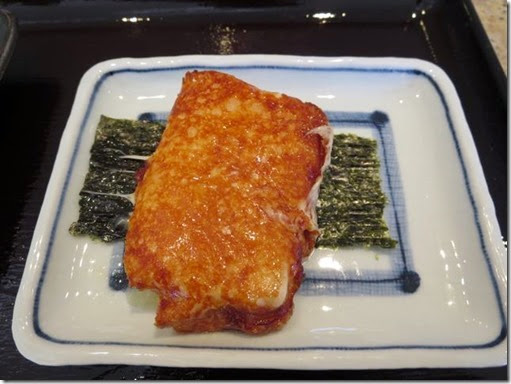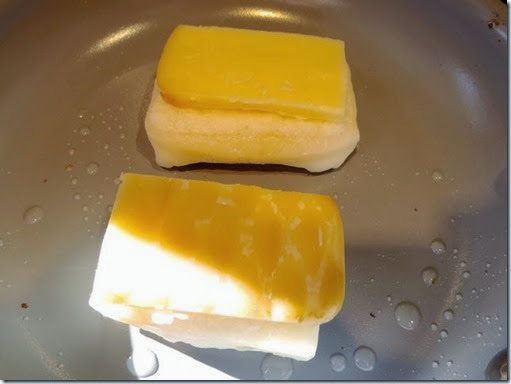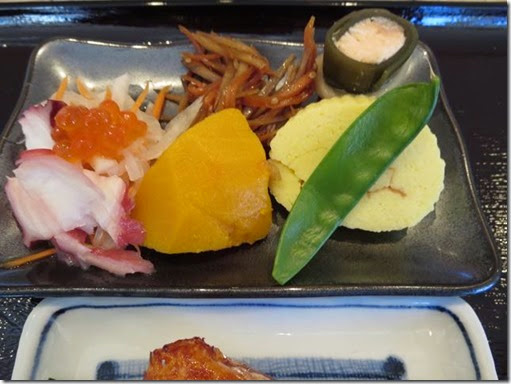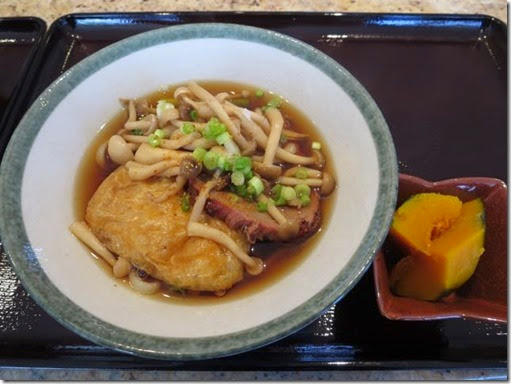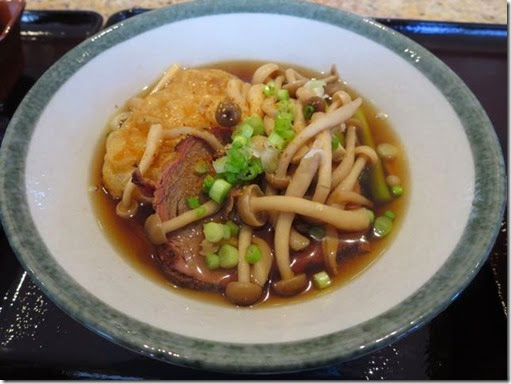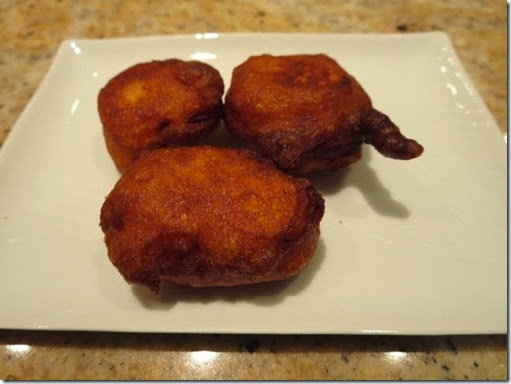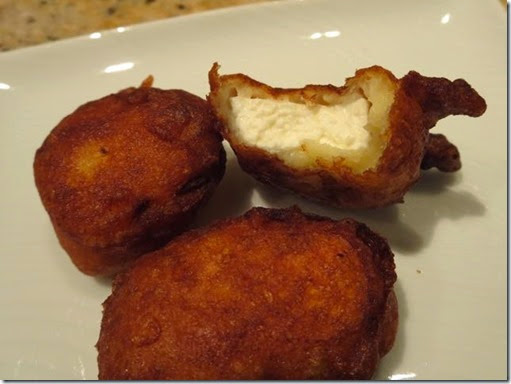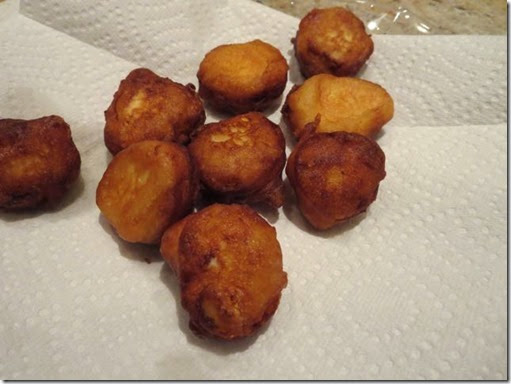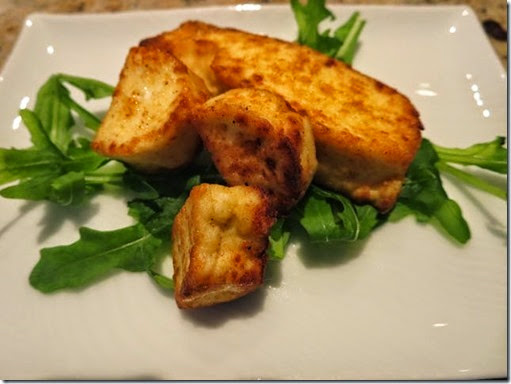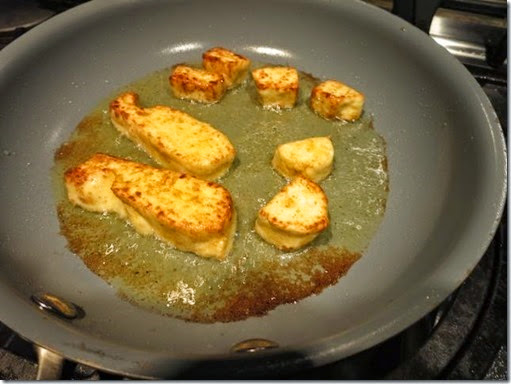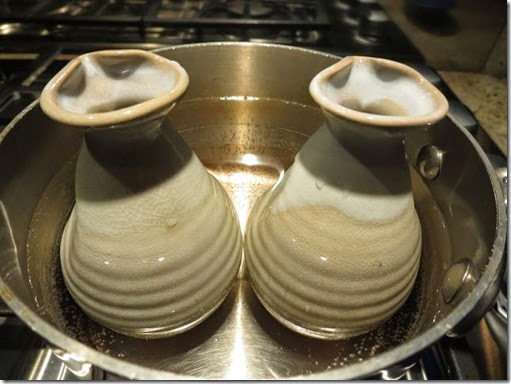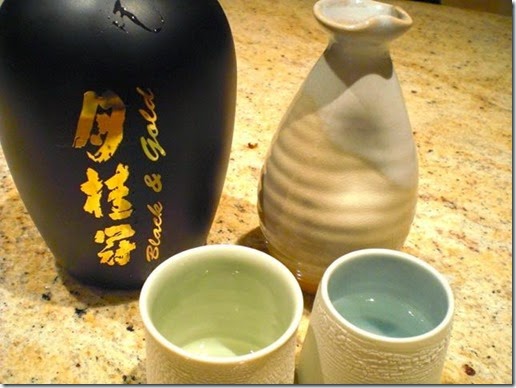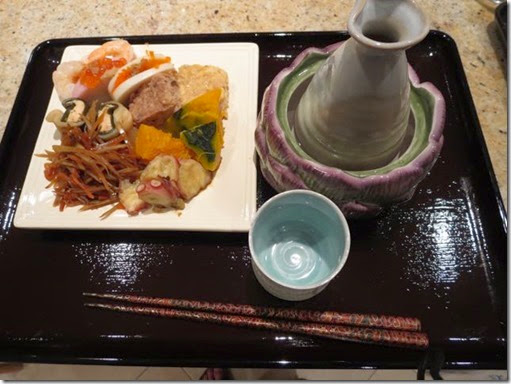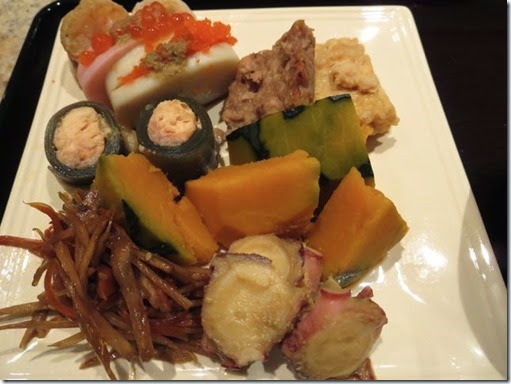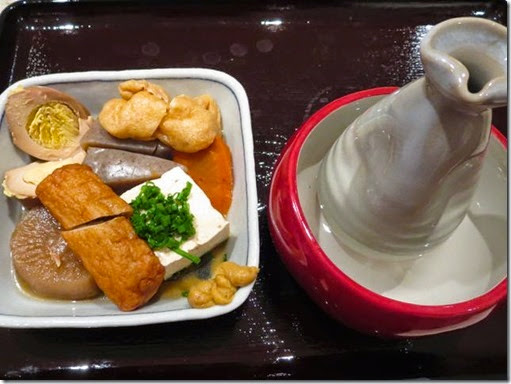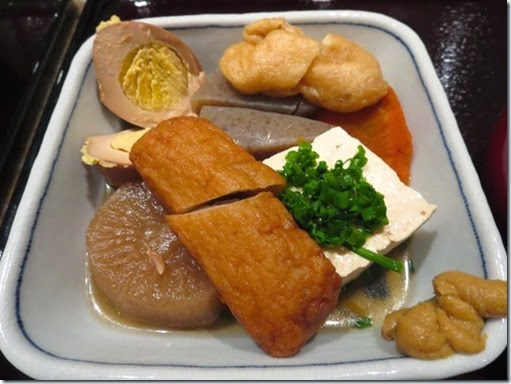The picture below shows what it looks like when it came out of the oven (this is a 7 inch diameter rather deep baking dish).
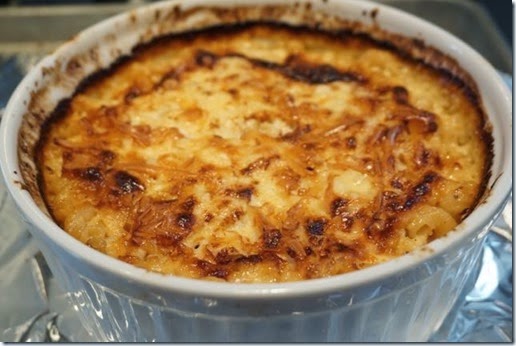
It is very cheesy but not as creamy as we expected. We may have over cooked it a bit, or maybe it needed some more milk.
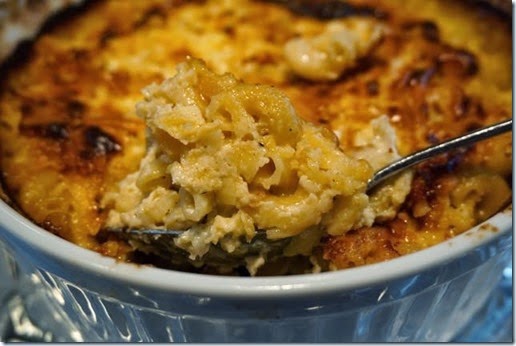
This is very good but my original Mac and Cheese may be better (and probably less deadly). But adjusting the cooking time and amount of milk, this may really work. The recipe below is just replicated from the original recipe in the NY times. This is just for our record, please refer to the original for details and accuracy.
Ingredients:
Butter 2 tbs
Cottage cheese 1 cup
Milk 2 cups (or maybe more to achieve the desired texture)
Dry mustard 1 tsp
Cayenne pepper a pinch
Nutmeg, freshly grated a pinch
Salt 1/2 tsp
Black pepper, freshly ground 1/4 tsp
Sharp Cheddar Cheese 1lb (set aside 1/4 cup for the topping).
Elbow pasta, dry, 1/2 lb
Preheat the oven to 375F. Using half of the butter, butter the baking dish (the original recipe called for a 9 inch diameter, ours was a bit smaller and deeper but we had to put the overflow into another smaller ramekin).
Puree the cottage cheese, mustard, cayenne, nutmeg, salt, black pepper and milk in a blender. Mix the pureed milk-cheese mixture to the grated cheddar cheese and then mix in uncooked dry elbow pasta.
Cover the baking dish tightly with aluminum foil and bake for 30 minutes.
Uncover, stir, top it with the reaming cheese, dot with the 1tbs of butter (at this point, the mixture is still very liquid) and bake another 15 minutes. Let it stand for 15 minutes before serving.
This is very easy to prepare and really cheesy but was not as creamy as we expected. Also the leftovers solidified into an almost solid block of cheesy pasta that we had to slice with a knife. We also had to add a lot of milk to reheat the block we sliced to have it separate into its component parts. Not bad for a quick mac and cheese fix.



